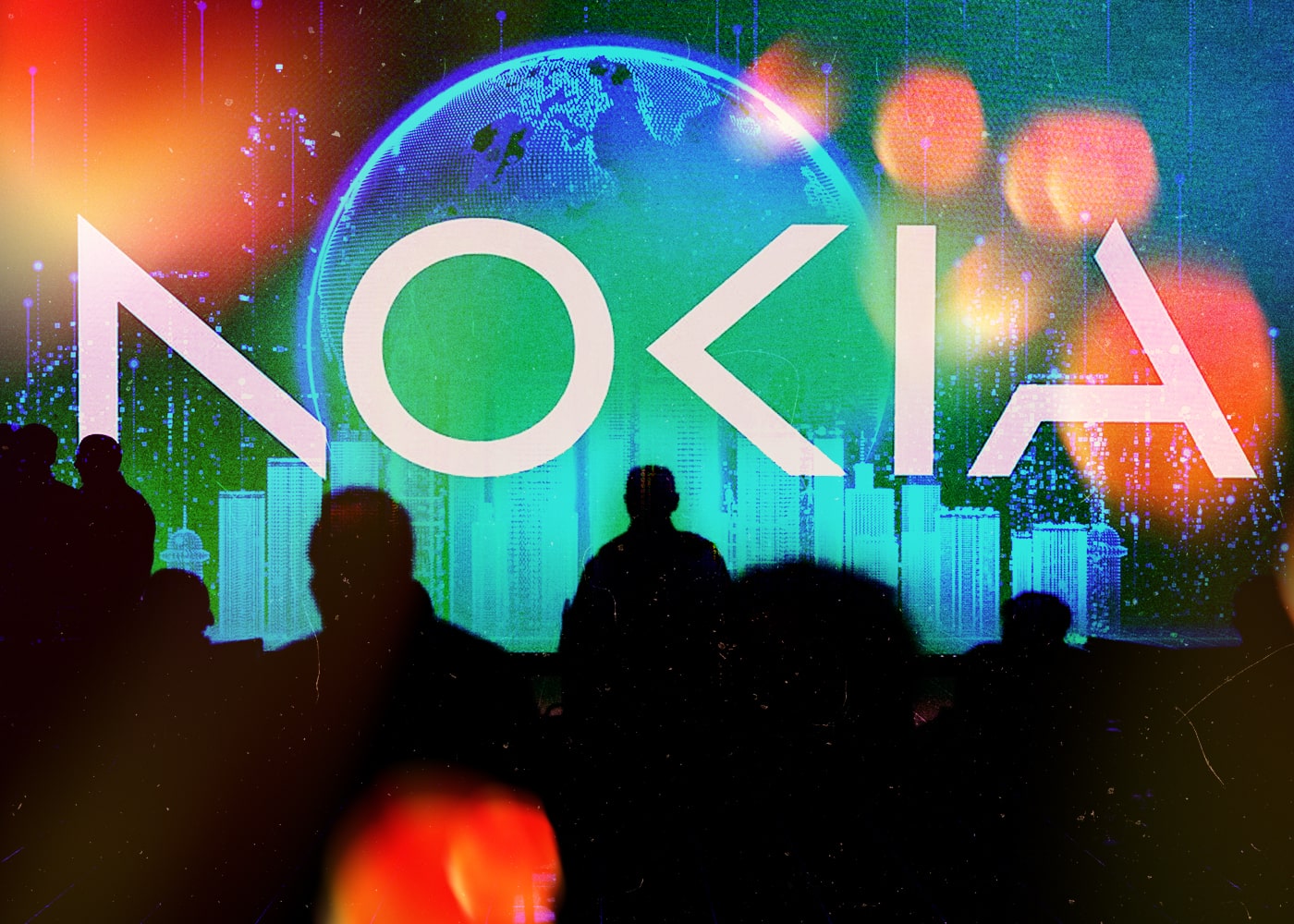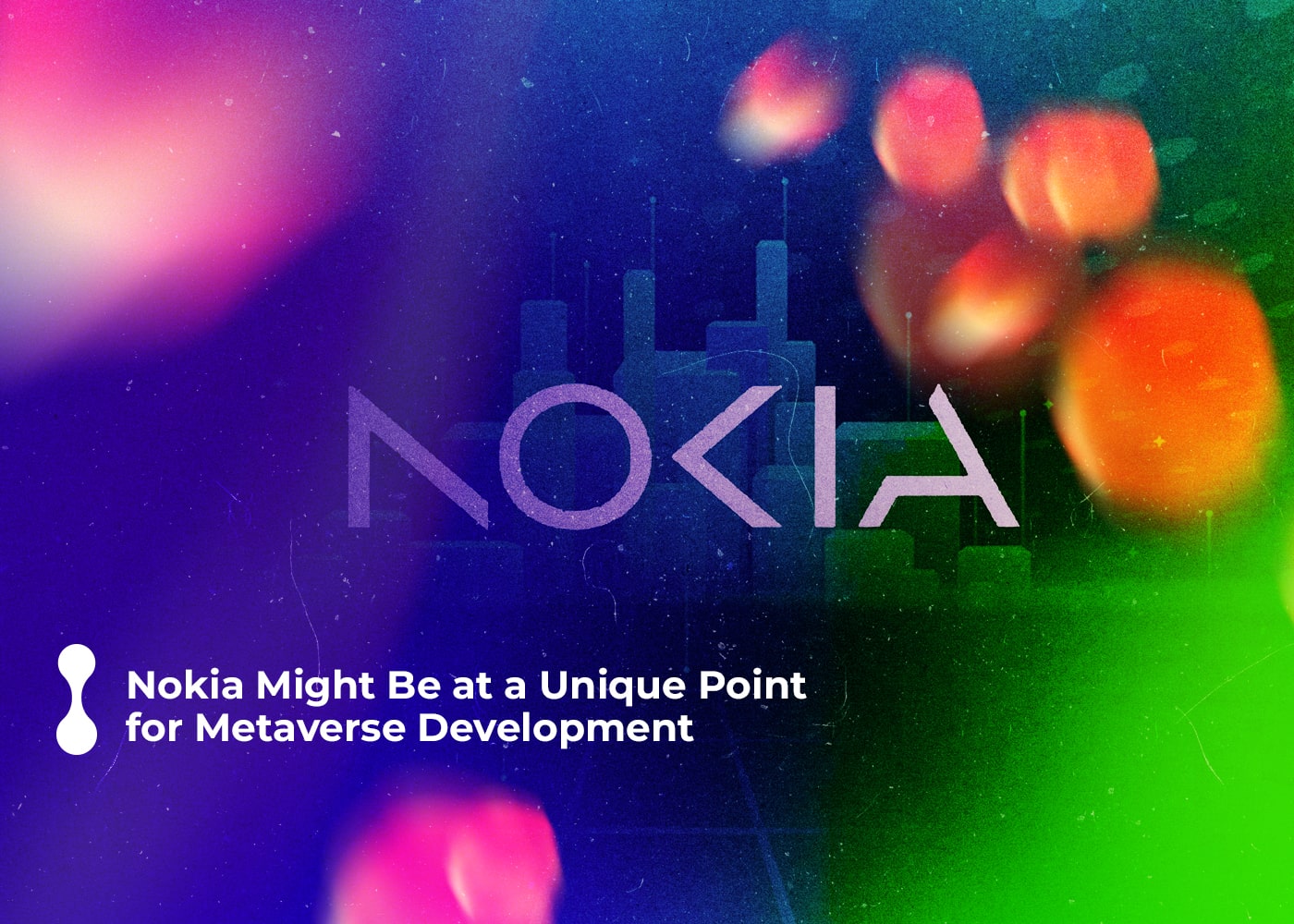At MWC23’s press and analyst briefing, Nokia CSTO Nishant Batra introduced an ambitious plan for the next seven years leading up to 2030. He articulated that by leveraging their network systems’ capacity to sense, think, and act rather than just connect, Nokia has a “unique position” in seizing the market of industrial metaverse opportunities.
Nokia Is Quite Excited About Industrial Metaverse
Nokia has been a vital part of creating the connection infrastructure, and now it is positioned to excel even further in areas such as edge computing. The company has an opportunity to show that they are not just an “infrastructure player” but also can offer its services across multiple industries as a platform for transformation.
According to Batra, there are three diverse types of metaverse – the consumer sector with services such as gaming, entertainment, and socializing; the enterprise sector offering immersive collaborations, extended reality training sessions, and remote work opportunities; and lastly, the industrial domain that brings physical industries into a digital realm through immersion.
According to ABI Research, Nokia is confident that the industrial metaverse will show rapid growth, faster than even the consumer domain. Nokia’s research indicates that current enterprise data traffic relies heavily on smartphone video streams and files; however, after 2027, they anticipate XR technology dominating network traffic. This necessitates a strong infrastructure to adequately support this predicted surge in usage.

Companies Now Have to Make Plans for the Metaverse
Nokia believes that the networks of tomorrow will do more than simply connect; they anticipate that these systems will be used for sensing, thinking, and acting. Batra said, “What I believe is that networks will be equally used for sensing and then create a need for thinking and acting. So our belief is that the networks of the future will sense, think and act.” Nokia aims to accommodate changing consumer needs in the industrial domain with this revolutionary vision.
What’s more, the vendor needs to construct efficient networks that are “equally accessible” with an eye toward innovation so developers can draw on them and build upon their capabilities. This way, all industries can access these networks and transform themselves—ultimately utilizing the power of 5G or even 6G if they wish.
To construct the elaborate metaverse, a much greater level of complexity is required than what we currently have in terms of interconnectivity. Trust and identity will be integral to its success — not only for entertainment but also to increase productivity, optimize efficiency, and ensure safety. According to Batra’s words on this matter, it is time “for businesses, enterprises, and industries to start imagining their tactics that are driven by the metaverse” as Nokia desires collaborations with those customers who are striving towards digitalization.
You may be interested in: Colombia Makes A First: A Court Held In The Metaverse
